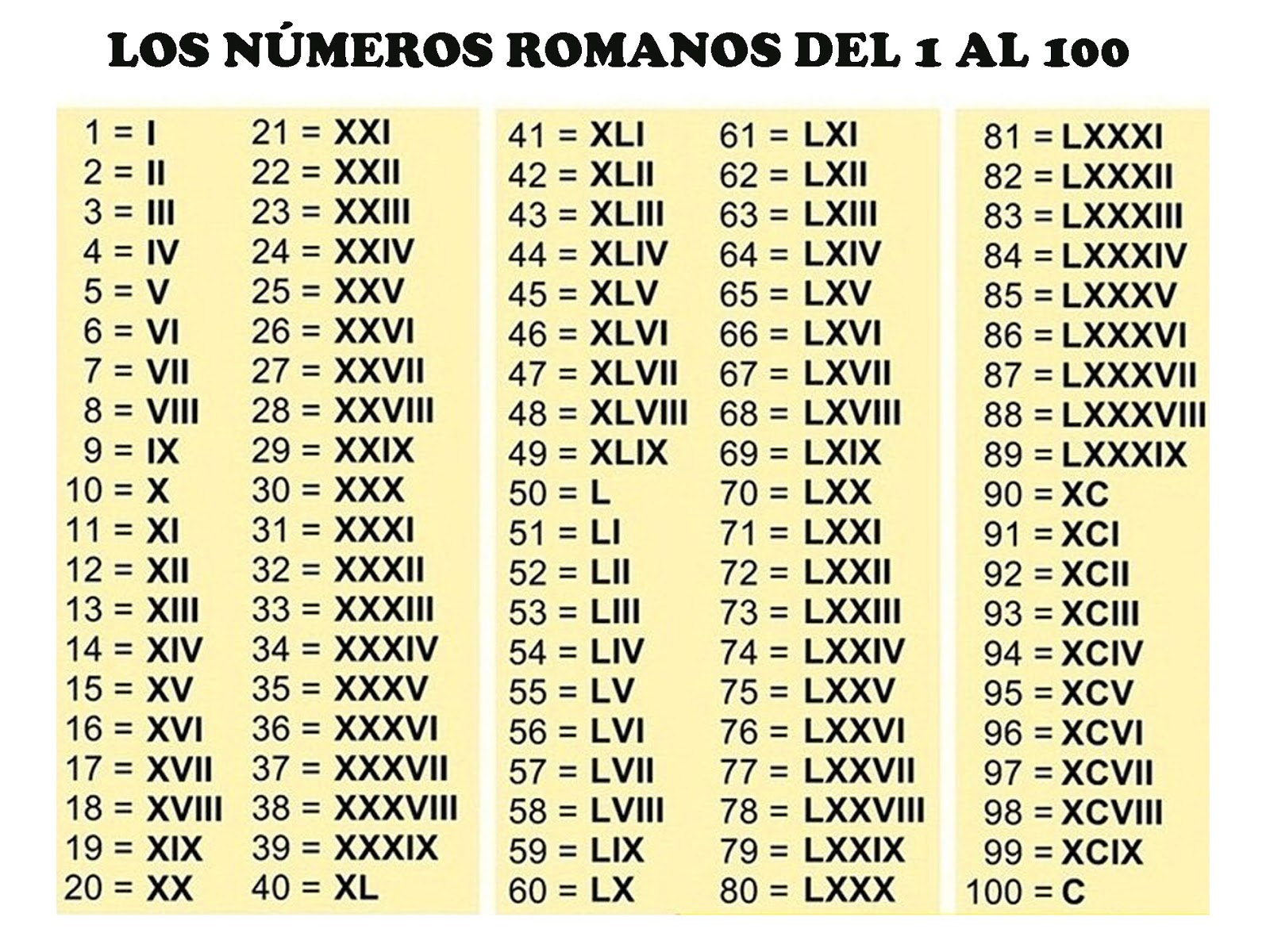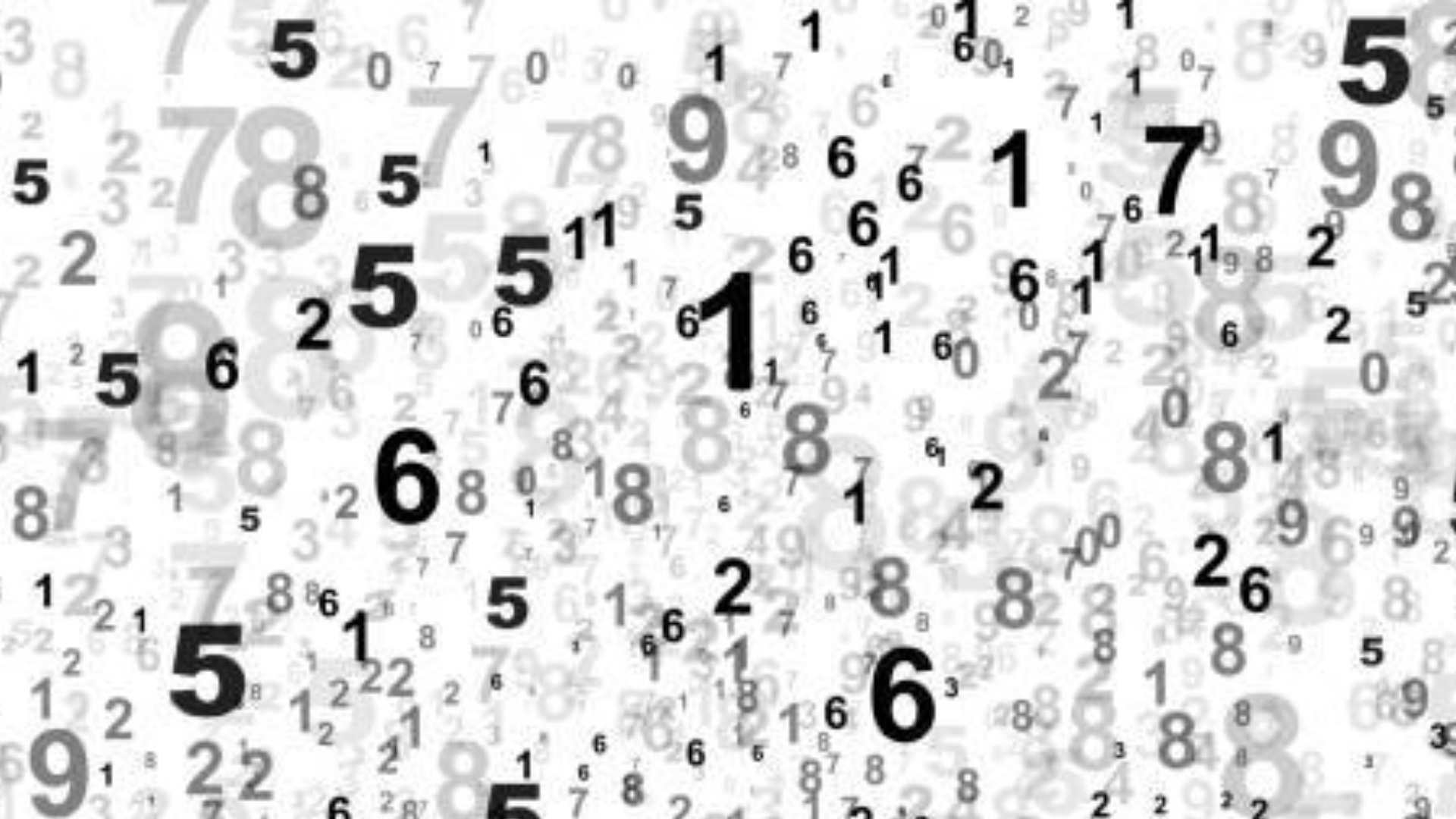Have you ever wondered how to write 0 in Roman numerals? It’s not as straightforward as you might think! Roman numerals have been around for centuries, but there’s a twist when it comes to representing zero. Let’s dive into the fascinating world of Roman numerals and uncover the mystery behind this unique number.
Many people assume that Roman numerals cover all numbers, but the truth is, zero doesn’t have a direct representation in the system. This might sound strange, but it’s rooted in history and the way ancient civilizations viewed numbers. Stick with me as we explore why this is the case and what it means for modern math.
In this article, we’ll break down everything you need to know about Roman numerals, including the absence of zero, its historical significance, and how it impacts our understanding of numbers today. So, buckle up and get ready to learn something new!
- Am I Your Roman Empire Pookie Exploring The Quirks Of Modernday Love And Relationships
- Pinkie Pie Dti The Ultimate Guide To Her Dti Adventures
Understanding Roman Numerals
Roman numerals are an ancient numeral system used by the Romans. They consist of a combination of letters from the Latin alphabet to represent numbers. The system is still used today in various contexts, such as on clocks, movie credits, and even in scientific fields.
Here’s a quick breakdown of the basic symbols:
- I = 1
- V = 5
- X = 10
- L = 50
- C = 100
- D = 500
- M = 1000
These symbols are combined to form different numbers. For example, XVI represents 16 (10 + 5 + 1). Pretty cool, right?
- Postech Fashion Inc The Gamechanger In Modern Fashion
- Coreano Flequillo Asiatico The Ultimate Guide To This Trendy Hairstyle
Why Is There No Zero in Roman Numerals?
One of the most intriguing aspects of Roman numerals is the absence of zero. Unlike modern numeral systems, the Romans didn’t have a symbol for zero. This wasn’t due to oversight; it was because their system wasn’t designed to include it.
Zero as a concept wasn’t widely recognized in ancient Rome. The Romans focused on practical applications of numbers, such as counting and trade. Since zero wasn’t necessary for these purposes, it was never incorporated into their numeral system.
The Historical Context
To truly understand why zero isn’t part of Roman numerals, we need to look at the historical context. The Romans inherited their numeral system from the Etruscans, who also didn’t use zero. This system was later adopted by the Greeks and other civilizations.
Interestingly, the concept of zero as a number and a placeholder was developed independently in other parts of the world, such as India and the Middle East. It wasn’t until much later that this idea spread to Europe and influenced modern mathematics.
Key Milestones in the Development of Zero
Here are some important milestones in the history of zero:
- 4th Century BCE: The Babylonians used a placeholder symbol that resembled zero, but it wasn’t a true number.
- 3rd Century CE: Indian mathematicians began using zero as a number in calculations.
- 9th Century CE: The concept of zero spread to the Islamic world, where it was further developed.
- 12th Century CE: Zero was introduced to Europe through translations of Arabic texts.
These developments eventually led to the modern numeral system we use today, which includes zero as a fundamental component.
How Do We Represent Zero in Roman Numerals?
Since zero isn’t part of the Roman numeral system, it can’t be written in the traditional sense. However, there are a few creative ways to represent it:
- Using a dash: Some modern adaptations use a simple dash (-) to represent zero.
- Using words: You can write “nulla” (Latin for “none”) to indicate zero.
- Using a placeholder: In some cases, a blank space or a special symbol is used to represent zero.
While these methods aren’t official, they provide a way to include zero in contexts where Roman numerals are used.
Why Is Zero Important in Modern Math?
Zero plays a crucial role in modern mathematics. It serves as a placeholder in the decimal system, allowing us to represent large numbers efficiently. Without zero, many mathematical operations would be impossible.
For example, consider the number 101. The zero in the middle tells us that there are no tens in this number. Without it, we’d have to rely on context or additional symbols to convey the same meaning.
The Impact of Zero on Science and Technology
Zero has had a profound impact on science and technology. It’s essential for fields like computer science, engineering, and physics. In fact, the binary system used by computers relies heavily on zero and one to represent data.
Imagine trying to program a computer without zero! It would be like trying to build a house without a foundation. Zero provides the structure and stability needed for complex calculations and algorithms.
Common Misconceptions About Roman Numerals
There are a few common misconceptions about Roman numerals that are worth addressing:
- Roman numerals are outdated: While they’re not used as frequently as Arabic numerals, Roman numerals still have practical applications today.
- Roman numerals are difficult to learn: Once you understand the basic symbols and rules, Roman numerals are quite easy to master.
- Roman numerals include zero: As we’ve discussed, zero isn’t part of the Roman numeral system.
By clearing up these misconceptions, we can appreciate Roman numerals for what they are: a fascinating glimpse into the past with modern relevance.
Practical Uses of Roman Numerals Today
Despite their ancient origins, Roman numerals are still used in various contexts today. Here are a few examples:
- Clocks and watches: Many timepieces use Roman numerals to display hours.
- Movie credits: The year of production is often written in Roman numerals in movie credits.
- Outlines and lists: Roman numerals are commonly used to organize information in outlines and lists.
- Monuments and buildings: Dates and inscriptions on monuments frequently feature Roman numerals.
These examples show that Roman numerals remain relevant in modern times, even without zero.
Why Do We Still Use Roman Numerals?
The reasons for using Roman numerals today are both practical and aesthetic. They add a touch of elegance and tradition to designs, making them a popular choice for formal occasions. Additionally, they provide a visual distinction from Arabic numerals, which can be useful in certain contexts.
How to Convert Numbers to Roman Numerals
If you’re interested in converting numbers to Roman numerals, here’s a simple guide:
- Start with the largest Roman numeral symbol that fits into your number.
- Subtract the value of the symbol from your number and repeat the process until you reach zero.
- Combine the symbols to form the Roman numeral representation of your number.
For example, to convert 1984 to Roman numerals:
- 1984 = MCMXXXIV
Breaking it down:
- M = 1000
- CM = 900
- LXXX = 80
- IV = 4
It’s a bit like solving a puzzle, but once you get the hang of it, it’s surprisingly fun!
Conclusion
In conclusion, Roman numerals are a fascinating system with a rich history. While they don’t include zero, their influence on modern mathematics and culture is undeniable. By understanding their origins and applications, we can appreciate their value in both historical and contemporary contexts.
So, the next time someone asks you how to write zero in Roman numerals, you’ll know exactly what to say: there isn’t one! But don’t let that stop you from exploring the wonders of this ancient numeral system.
Now it’s your turn! Share your thoughts in the comments below or check out our other articles for more interesting insights. Who knows? You might just discover something new and exciting!
Table of Contents
- Wall Clock Shopee Your Ultimate Guide To Stylish Timepieces
- Joseph Joestar Cosplay A Comprehensive Guide For Enthusiasts


